Inside the luxury bulletproof train taking Kim Jong Un to Russia
The North Korean leader has continued the tradition of train travel established by his father
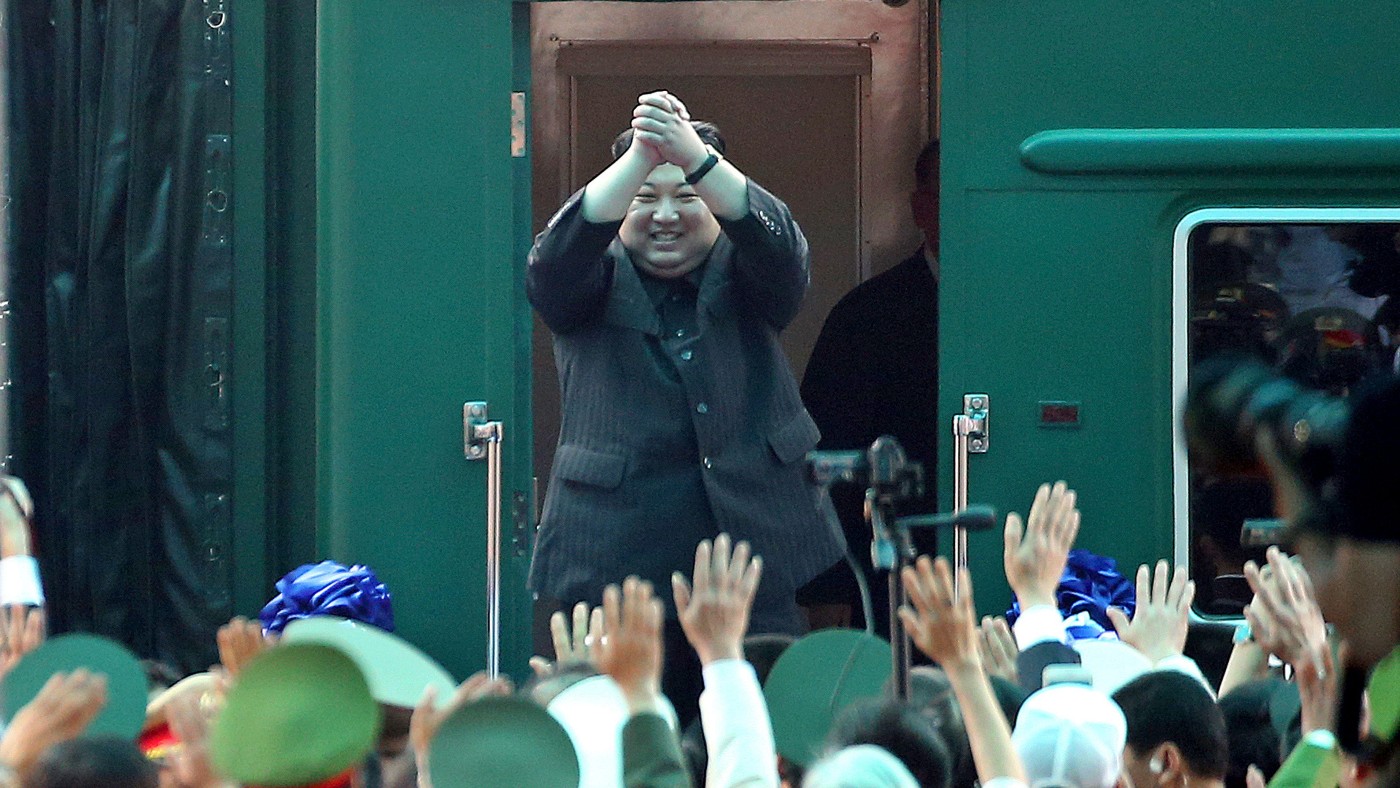
The South Korean defence ministry has confirmed that the bulletproof train carrying North Korean leader Kim Jong Un has now entered Russia and is moving towards the city of Vladivostok.
There, Kim will meet Russian president Vladimir Putin for the first time since 2019. They are expected to discuss relations between the two nations and a potential arms deal.
Kim is a "reclusive leader" who is "famously paranoid about his security, rarely stepping beyond the sealed borders of his regime", said The Telegraph. When he does choose to venture overseas, he is more likely than not to be found in an armoured green train that has served the leader of North Korea for decades.
The Week
Escape your echo chamber. Get the facts behind the news, plus analysis from multiple perspectives.

Sign up for The Week's Free Newsletters
From our morning news briefing to a weekly Good News Newsletter, get the best of The Week delivered directly to your inbox.
From our morning news briefing to a weekly Good News Newsletter, get the best of The Week delivered directly to your inbox.
How is the train constructed?
Only glimpses of the train have been seen over the years, with a picture put together through "intelligence reports" and "rare state news media footage", The New York Times reported. On board, security appears to be prized above all else.
It is thought there are "at least 90 high-security carriages", all bulletproof, resulting in them being "thousands of pounds heavier than average", the newspaper added.
For this reason, the heavy train "moves at a glacial pace", said NPR, at an estimated "28 miles per hour on tracks in North Korea".
The train is also complete with "bulletproof windows and reinforced walls and floors" to offer the ultimate protection against explosives, Al Jazeera added. It has been nicknamed the "Moving Fortress" for its immense level of protection, equipped with "attack weapons and a helicopter for escape in case of emergency".
A free daily email with the biggest news stories of the day – and the best features from TheWeek.com
What is life like on board?
Its "drab green" exterior may not conjure up thoughts of luxury, but Kim's train has "all the comforts of home", The New York Times said.
The most recent footage of the interior of the train dates back to the time of former leader Kim Jong Il. It features "glossy white interiors with long tables for briefings" as well as rooms with "red leather armchairs", the newspaper said.
This train, alongside others at the North Korean leader's disposal, is also thought to be complete with "reception halls, conference rooms and high-tech communication facilities", Al Jazeera stated, citing South Korean media reports.
The leaders have attempted to counteract the length of their journeys by making sure they travel in style – with fine dining at the top of their list of priorities.
Aboard the train a "barbecue is on hand, along with Bordeaux and Beaujolais", the New York Post said, with "cases of live lobsters and other delicacies" shipped in. A Russian official, Konstantin Pulikovsky, suggested in a 2002 account that "chefs are on call" to create dishes from across the world on demand.
Pulikovsky also noted that "'beautiful lady conductors' frequently serenaded the elder Kim in Korean and Russian" as a form of entertainment.
Kim Jong Un does not appear to differ too much from his father in his desires for travel. However, he "reportedly prefers Swiss cheese, Cristal Champagne and Hennessy cognac", The New York Times added.
What is the significance of the train in North Korea?
The opulence of the North Korean train and its extensive facilities reflects the supreme status of its leader, but also his fear.
Kim Jong Il, who frequently used the train for trips across North Korea and overseas, reportedly stated that he would "never travel by air due to concerns about being shot out of the sky", The Washington Post said. Local media reports later suggested he died on the train of a heart attack in 2011.
While his son Kim Jong Un has used air travel, the train continues to be a convenient mode of transport, perhaps safer due to the "ageing nature" of North Korea's aircraft, the newspaper added.
The train is also a symbol of the nation, having been "at the centre of state propaganda" around the Kim family's travel for decades, Reuters reported. It frequently features on state television as the leader conducts his affairs.
But Kim is not the only leader with this mode of transport. Putin also has his own secret armoured train, "a luxurious gym and spa on wheels", according to CNN.
Rebekah Evans joined The Week as newsletter editor in 2023 and has written on subjects ranging from Ukraine and Afghanistan to fast fashion and "brotox". She started her career at Reach plc, where she cut her teeth on news, before pivoting into personal finance at the height of the pandemic and cost-of-living crisis. Social affairs is another of her passions, and she has interviewed people from across the world and from all walks of life. Rebekah completed an NCTJ with the Press Association and has written for publications including The Guardian, The Week magazine, the Press Association and local newspapers.
-
 The Salt Path Scandal: an ‘excellent’ documentary
The Salt Path Scandal: an ‘excellent’ documentaryThe Week Recommends Sky film dives back into the literary controversy and reveals a ‘wealth of new details’
-
 AI griefbots create a computerized afterlife
AI griefbots create a computerized afterlifeUnder the Radar Some say the machines help people mourn; others are skeptical
-
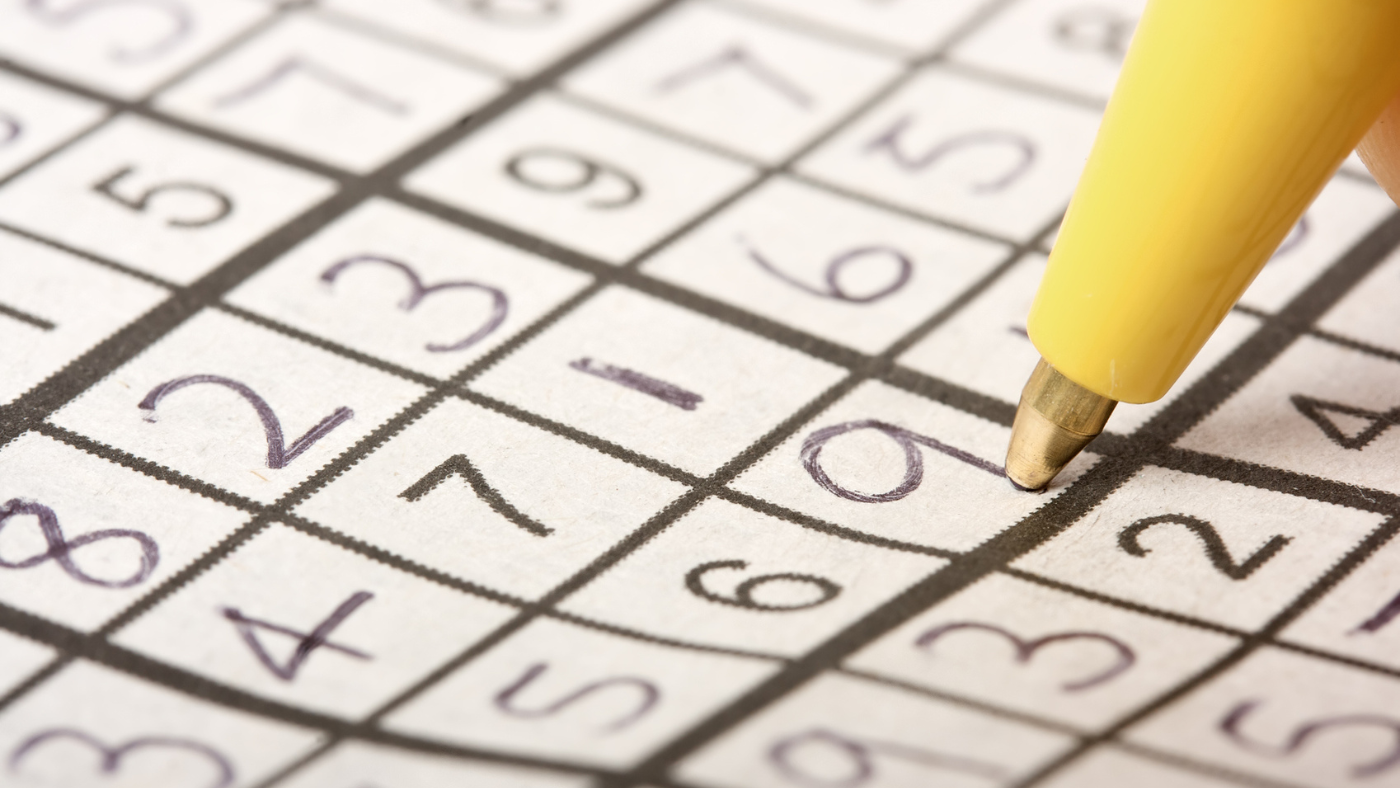 Sudoku hard: December 17, 2025
Sudoku hard: December 17, 2025The daily hard sudoku puzzle from The Week
-
 How Bulgaria’s government fell amid mass protests
How Bulgaria’s government fell amid mass protestsThe Explainer The country’s prime minister resigned as part of the fallout
-
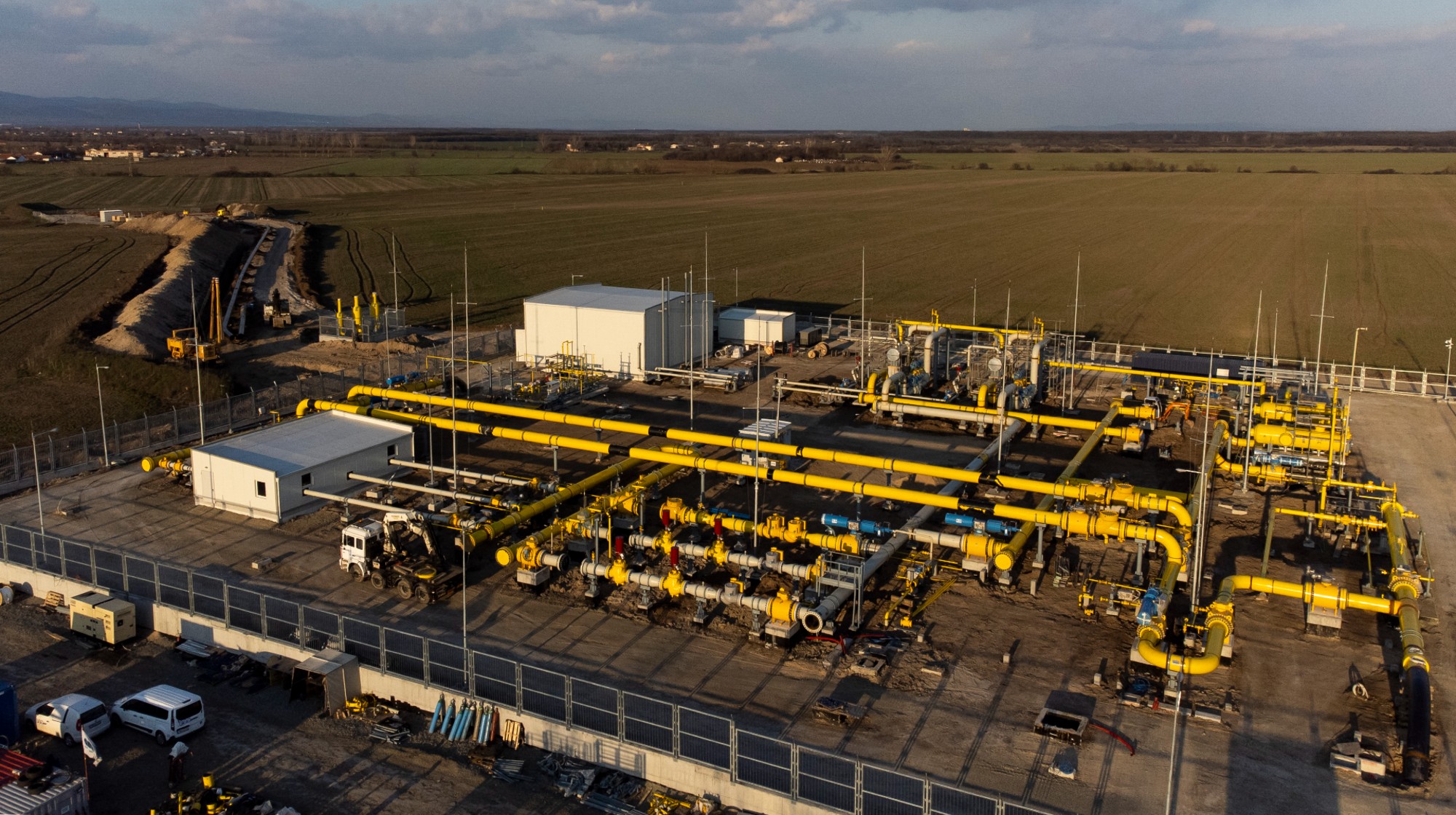 Europe sets 2027 deadline to wean itself from Russian gas
Europe sets 2027 deadline to wean itself from Russian gasIN THE SPOTLIGHT As negotiators attempt to end Russia’s yearslong Ukraine invasion, lawmakers across the EU agree to uncouple gas consumption from Moscow’s petrochemical infrastructure
-
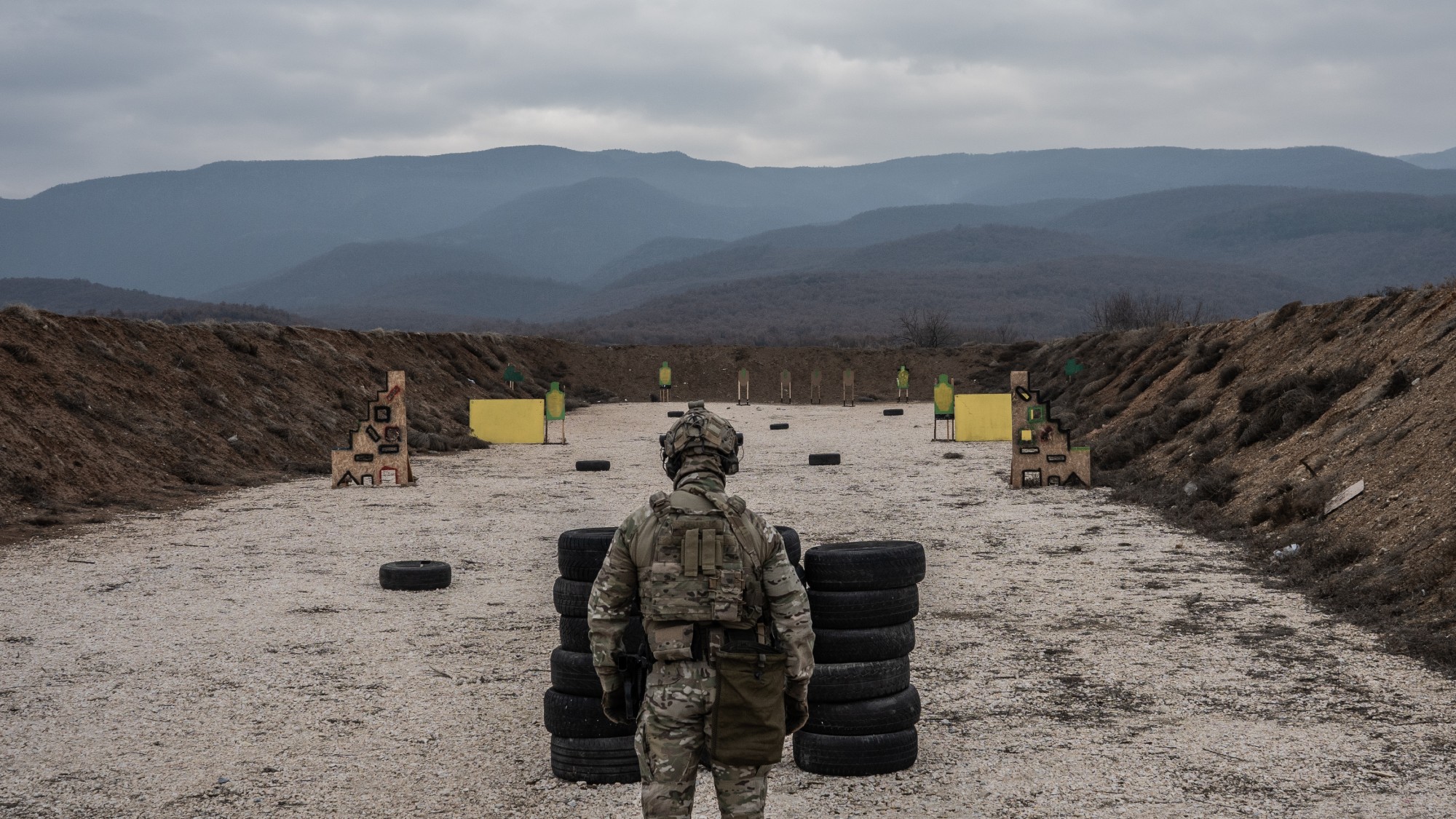 Is Europe finally taking the war to Russia?
Is Europe finally taking the war to Russia?Today's Big Question As Moscow’s drone buzzes and cyberattacks increase, European leaders are taking a more openly aggressive stance
-
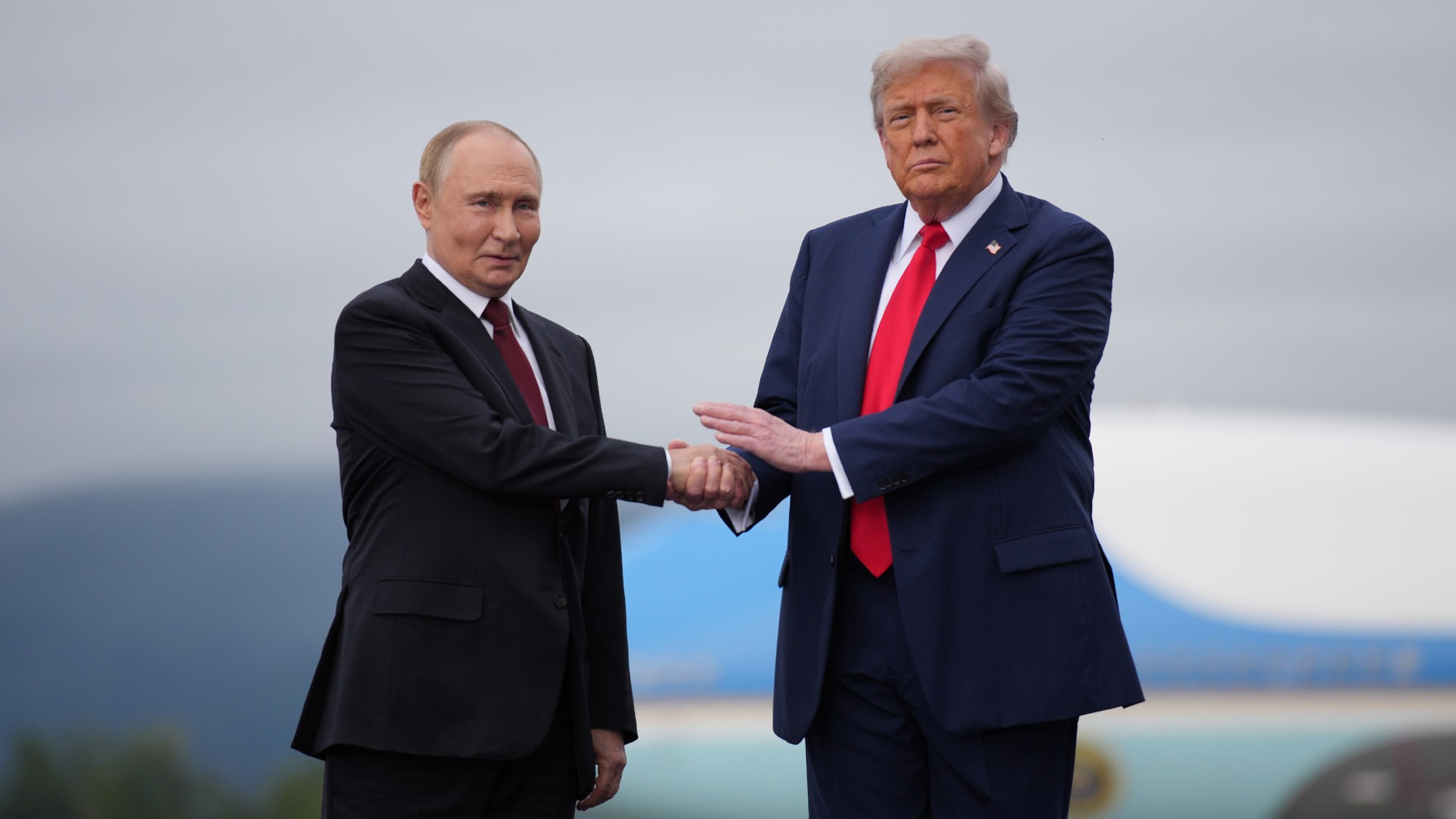 Pushing for peace: is Trump appeasing Moscow?
Pushing for peace: is Trump appeasing Moscow?In Depth European leaders succeeded in bringing themselves in from the cold and softening Moscow’s terms, but Kyiv still faces an unenviable choice
-
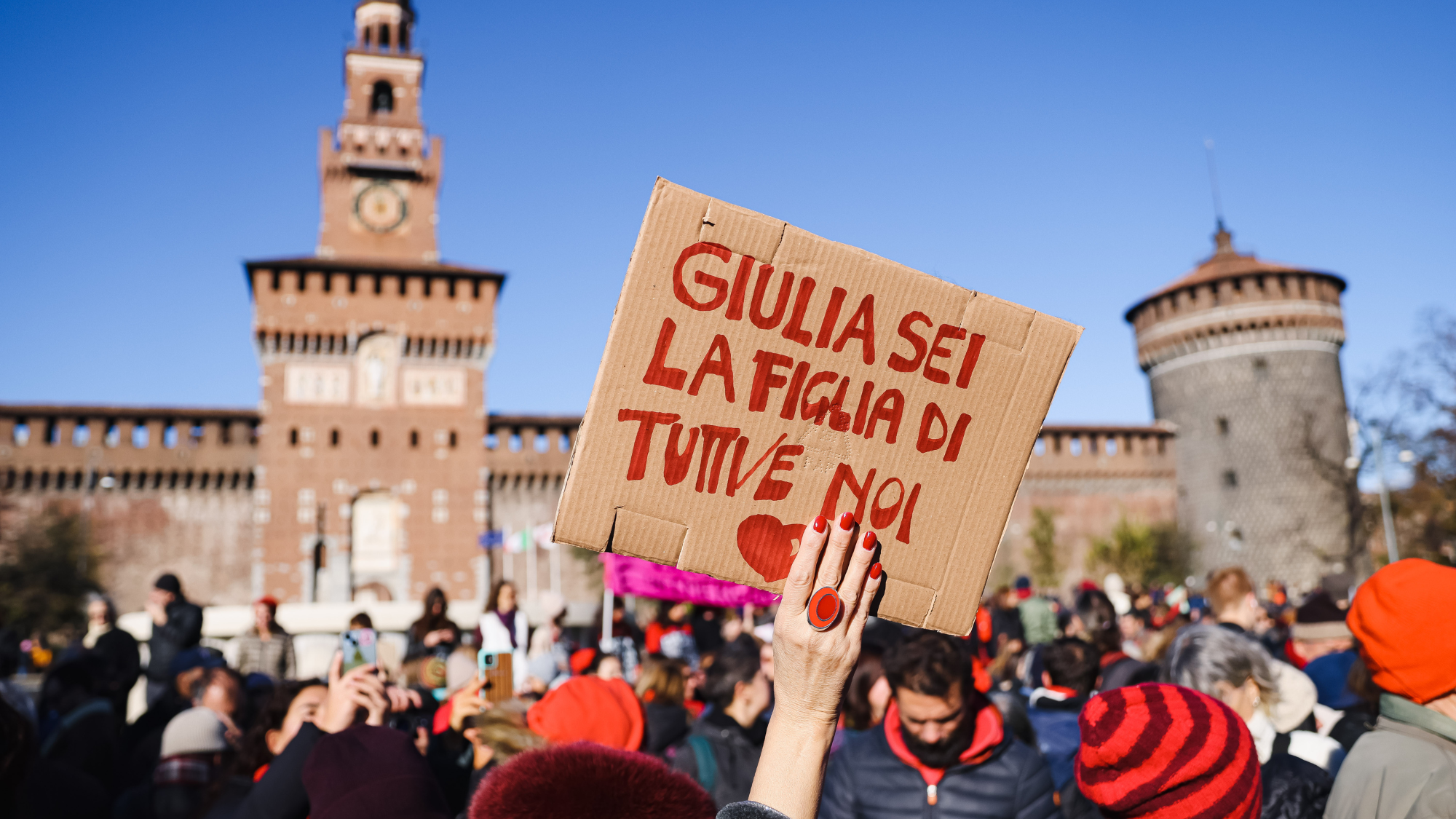 Femicide: Italy’s newest crime
Femicide: Italy’s newest crimeThe Explainer Landmark law to criminalise murder of a woman as an ‘act of hatred’ or ‘subjugation’ but critics say Italy is still deeply patriarchal
-
 Brazil’s Bolsonaro behind bars after appeals run out
Brazil’s Bolsonaro behind bars after appeals run outSpeed Read He will serve 27 years in prison
-
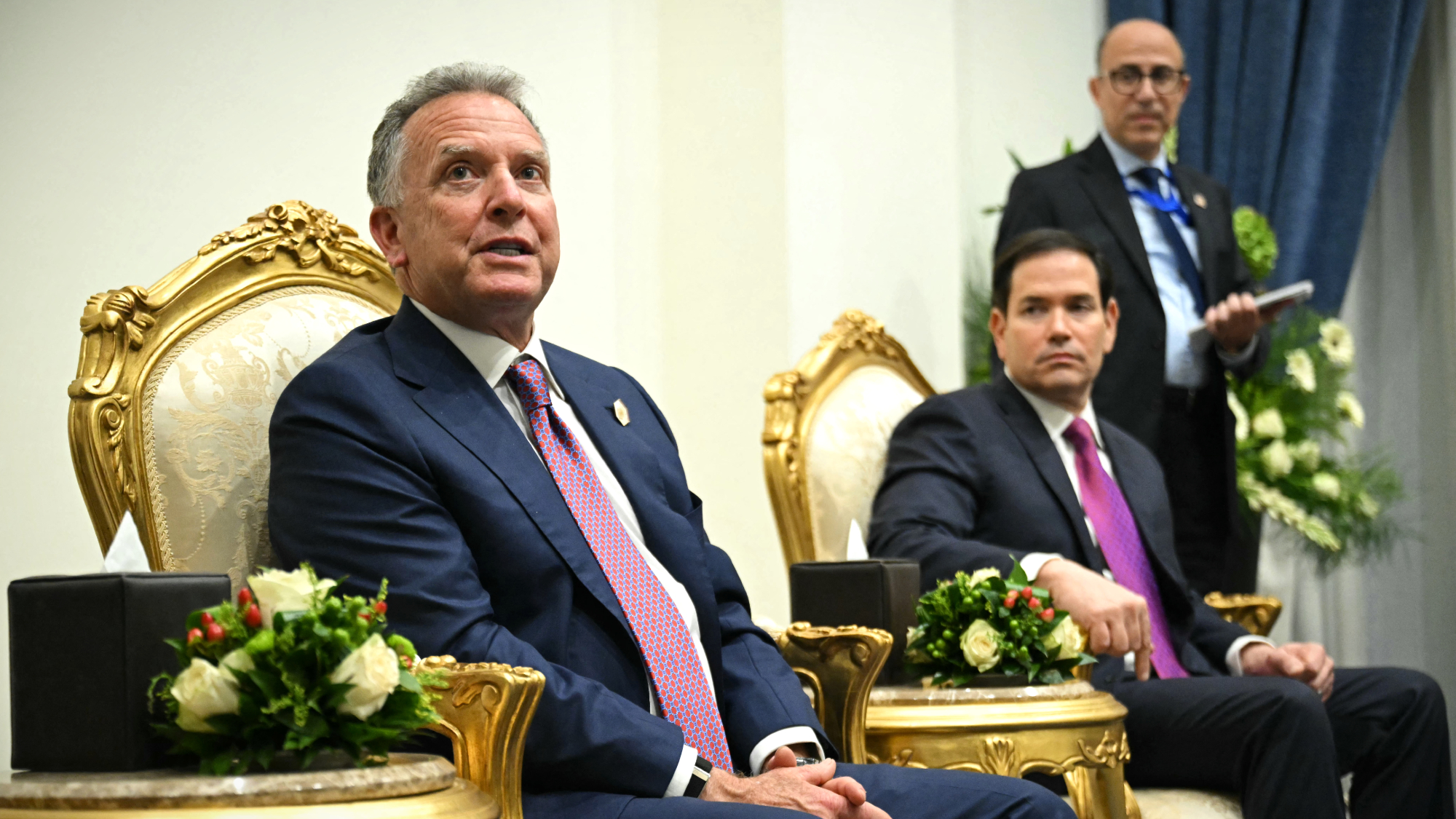 Trump pushes new Ukraine peace plan
Trump pushes new Ukraine peace planSpeed Read It involves a 28-point plan to end the war
-
 Americans traveling abroad face renewed criticism in the Trump era
Americans traveling abroad face renewed criticism in the Trump eraThe Explainer Some of Trump’s behavior has Americans being questioned